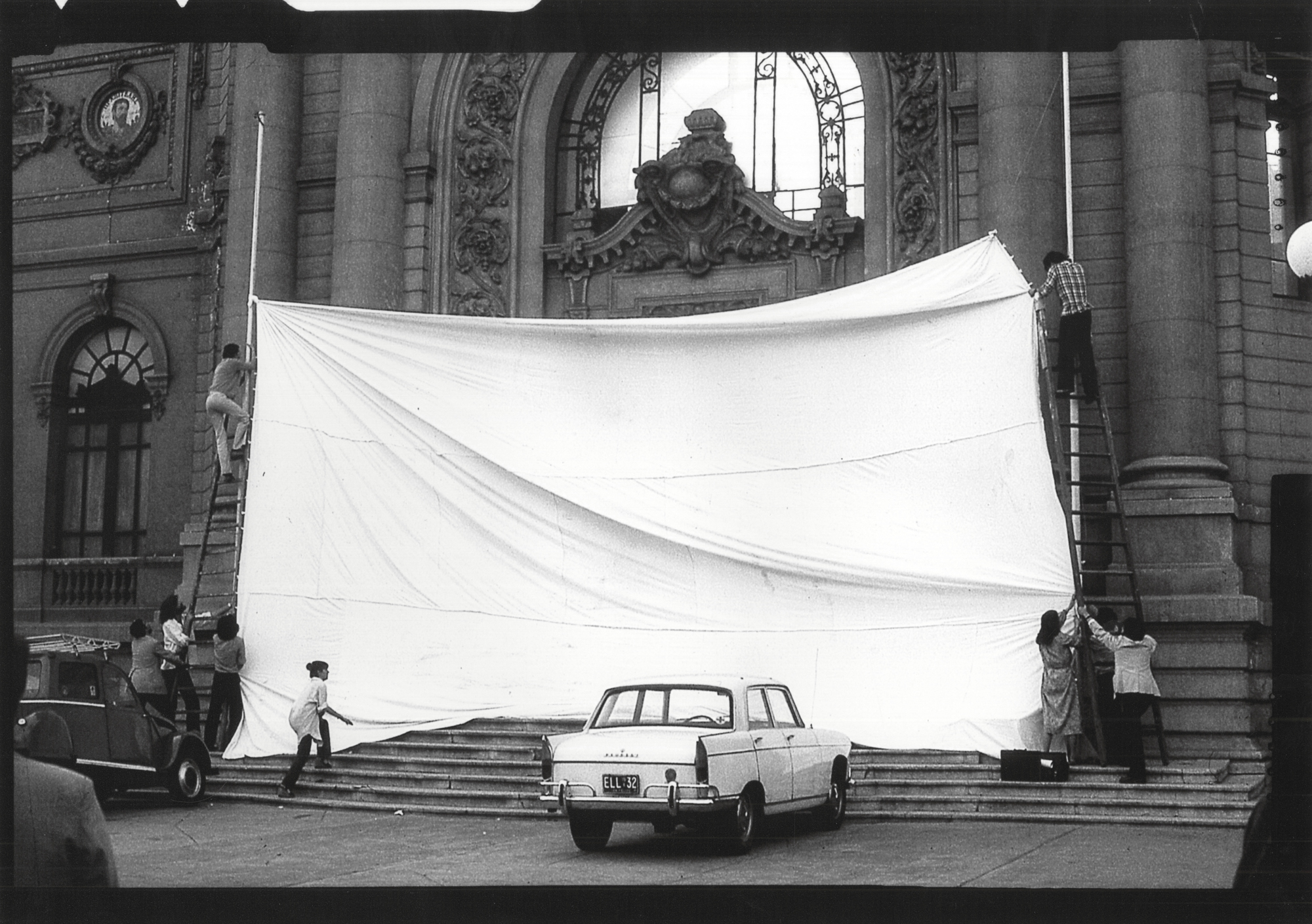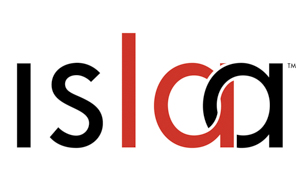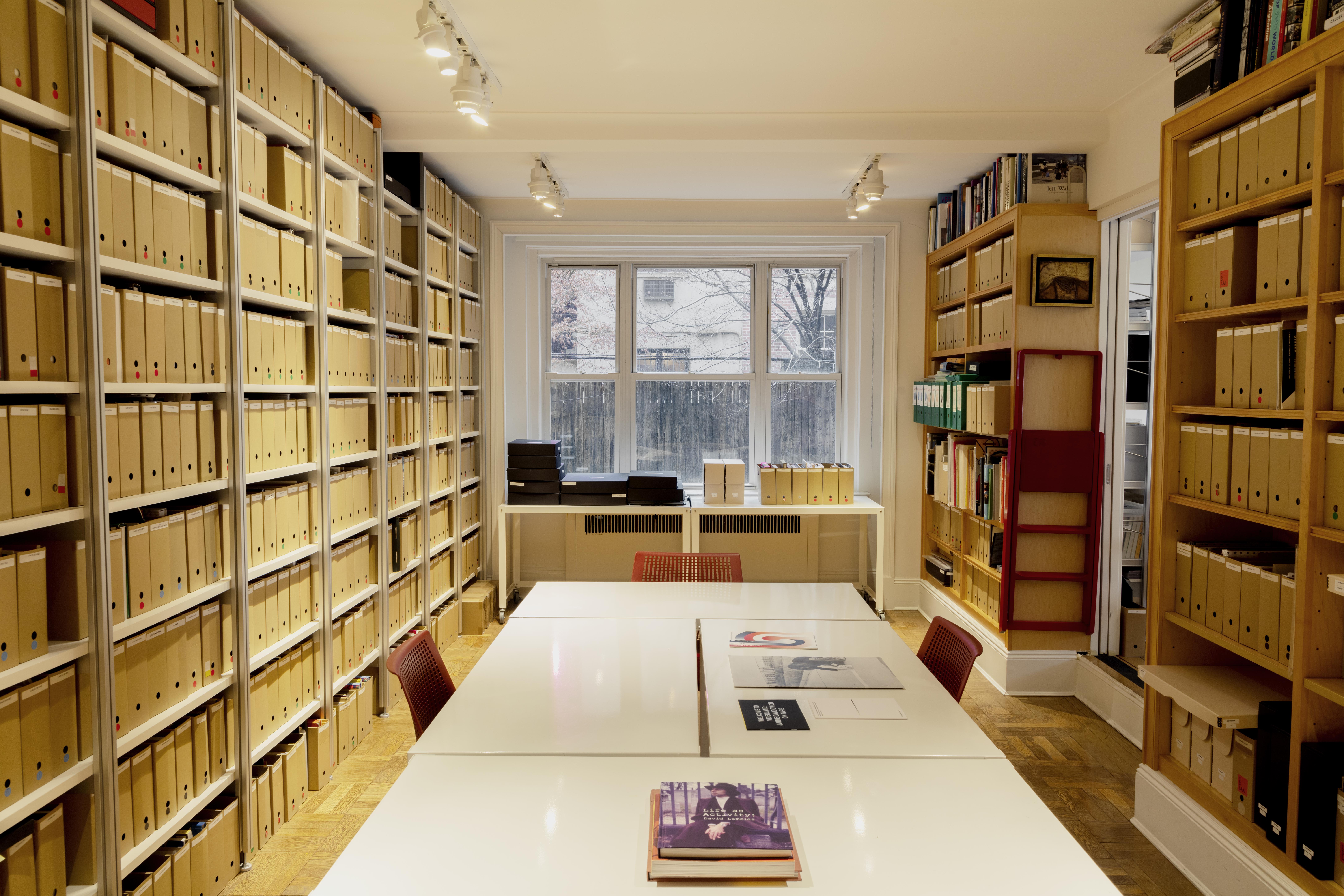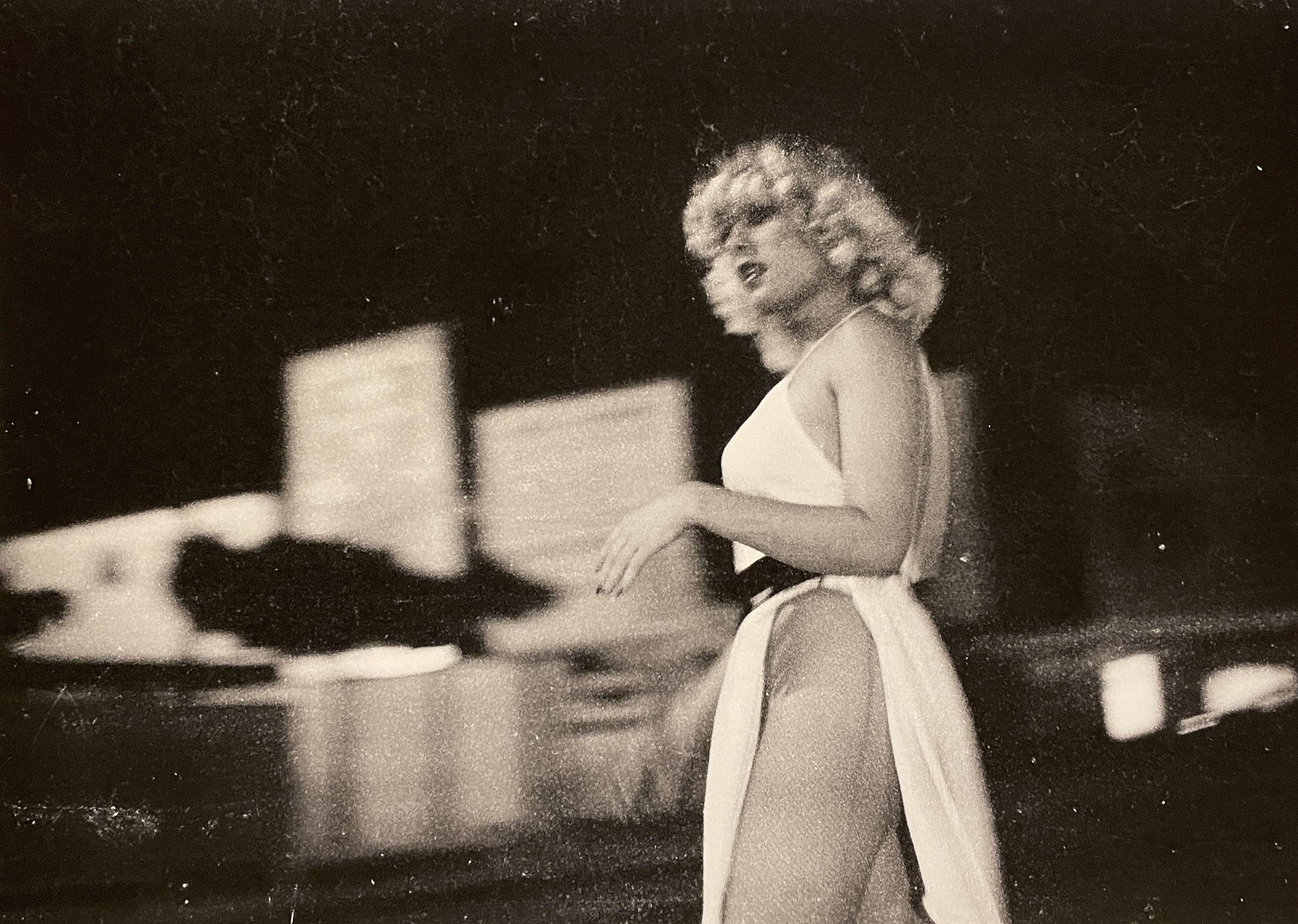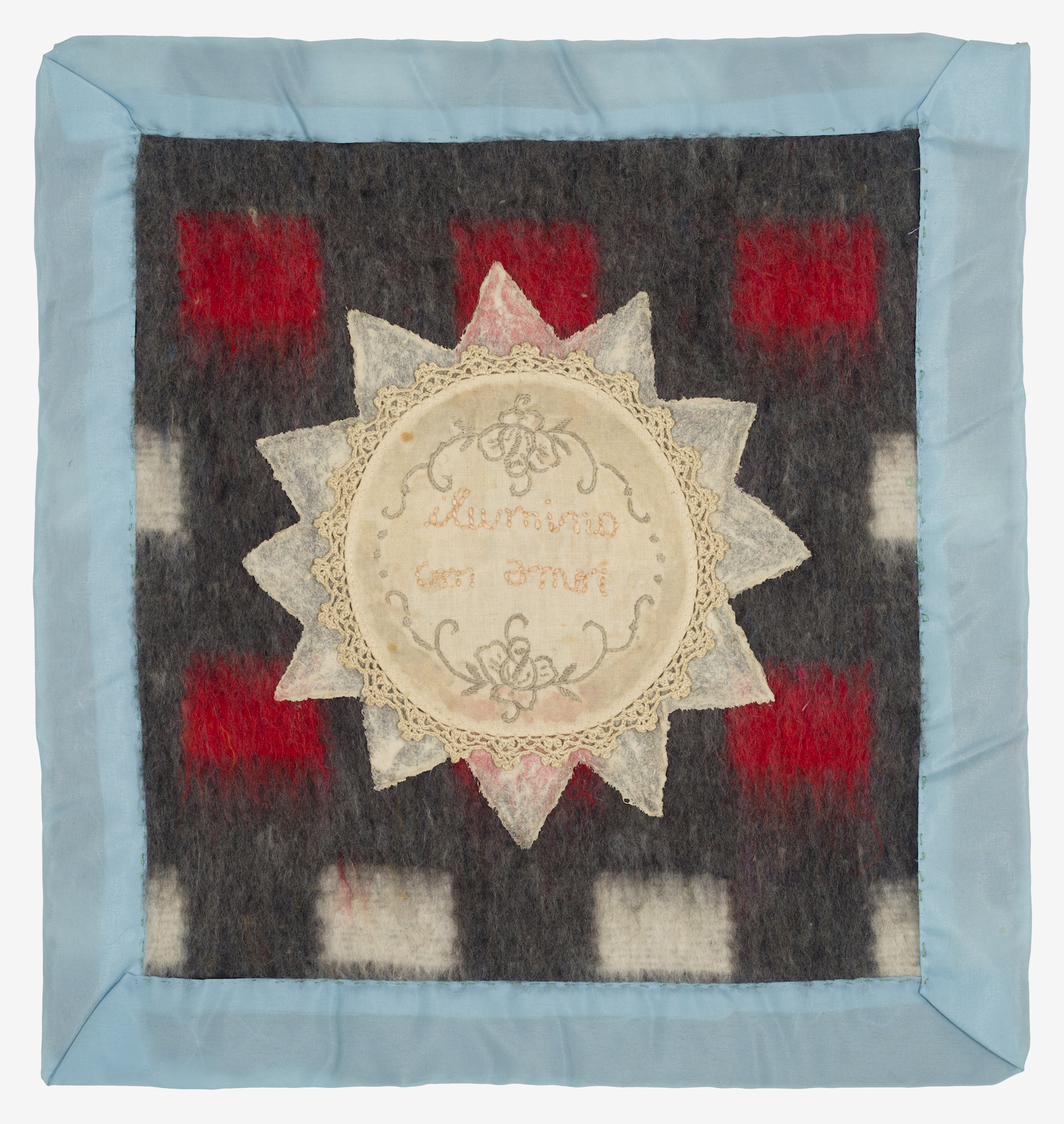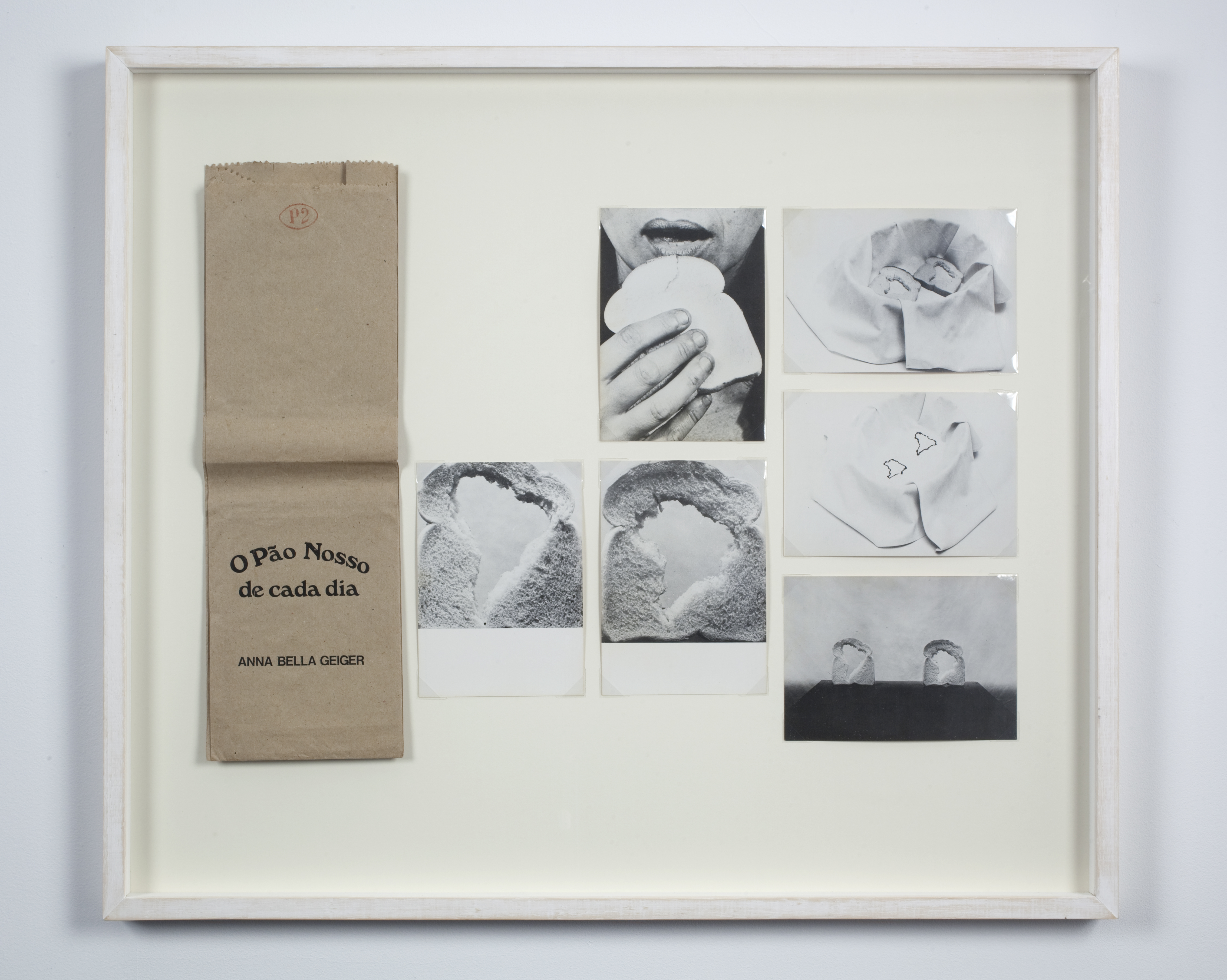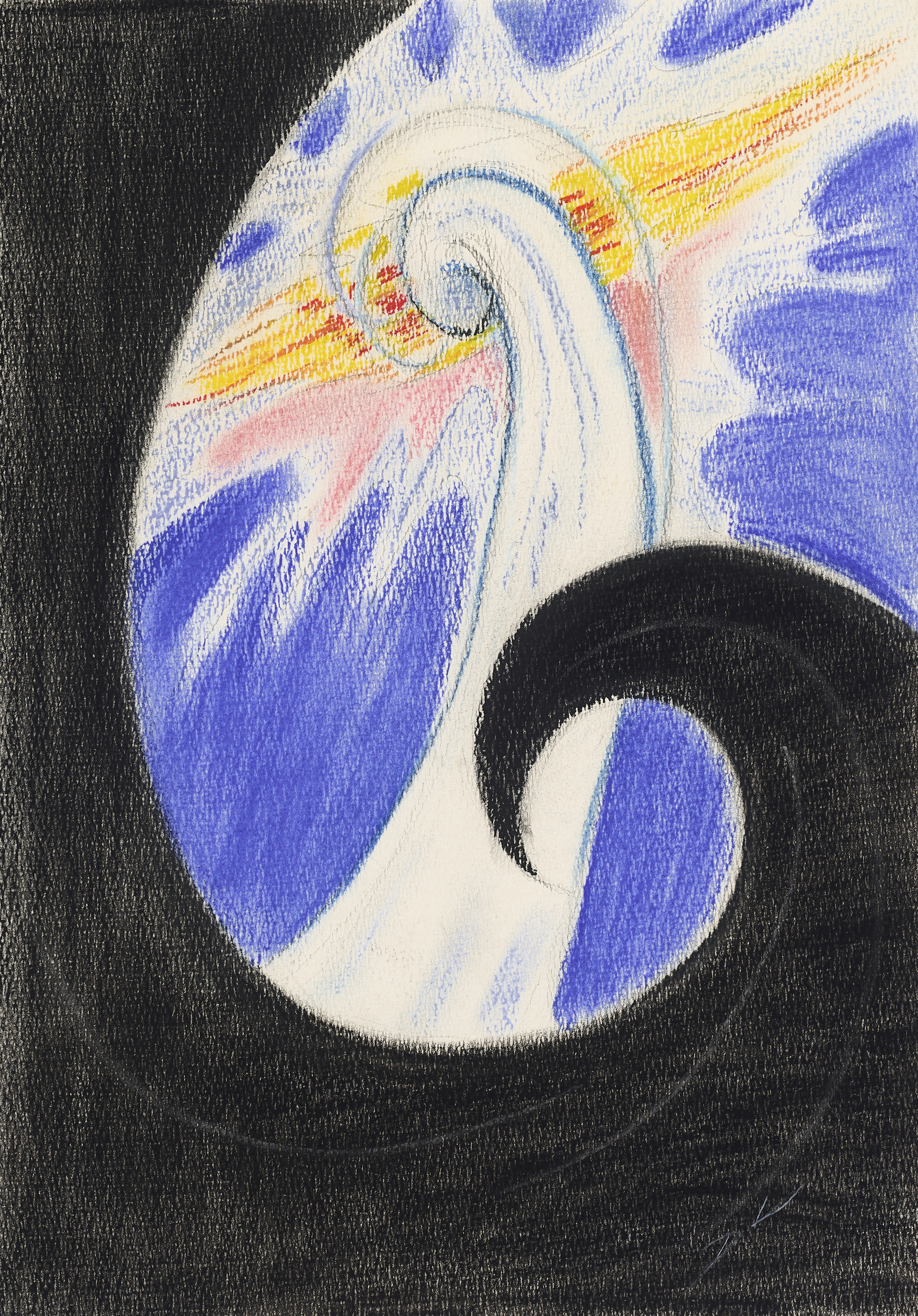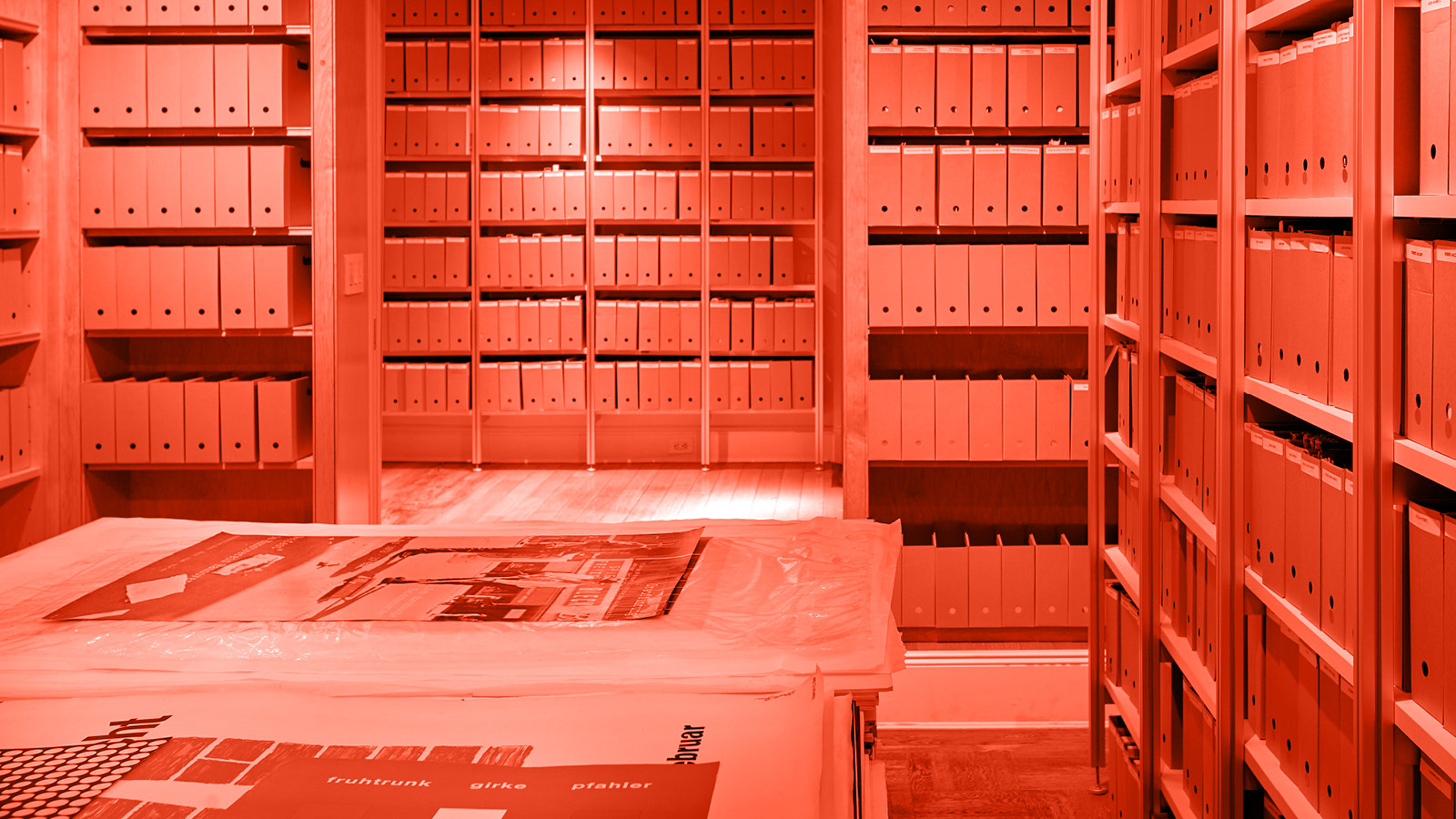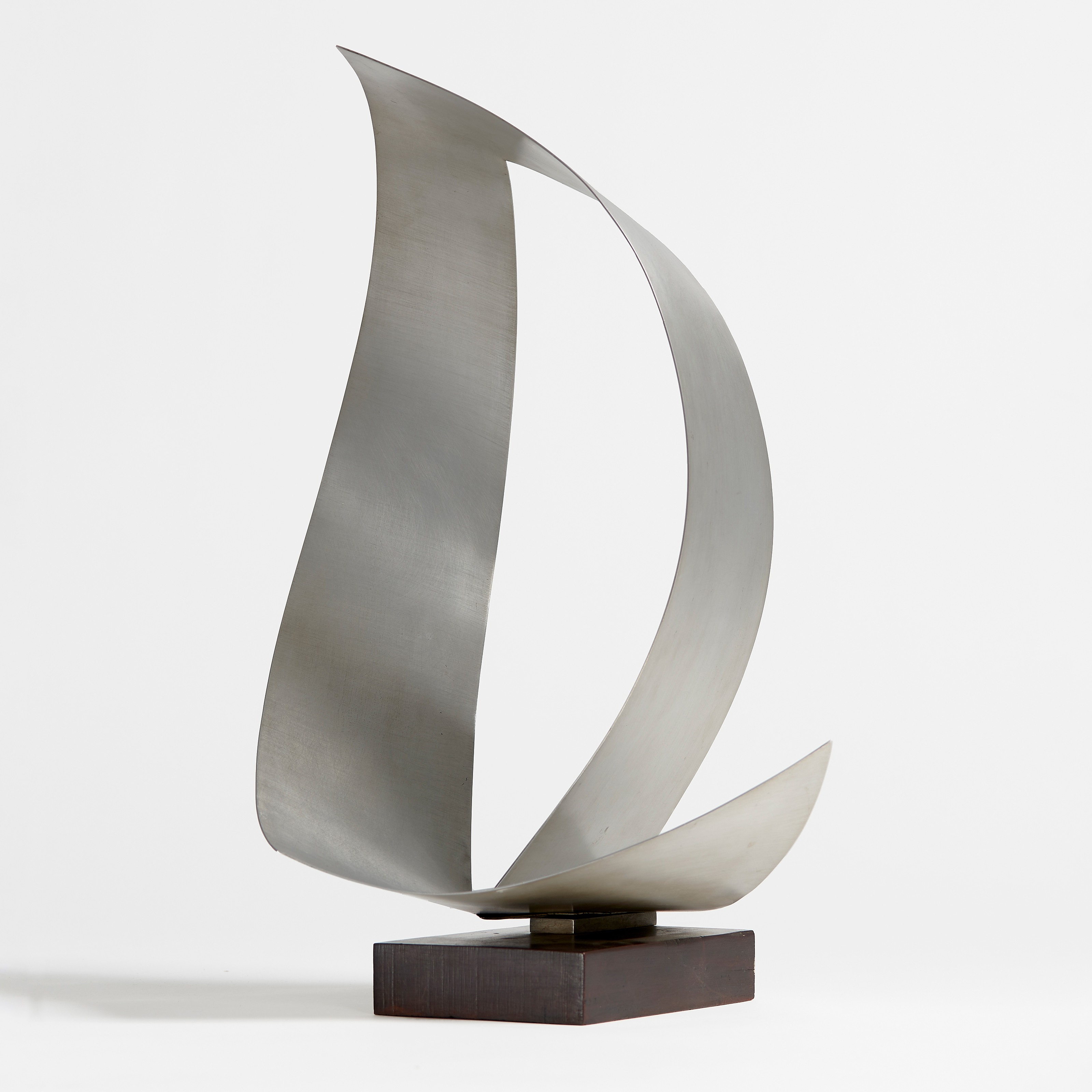New York 10013
United States
Diamela Eltit—January 11 at 12pm EST
With Dr. Jerónimo Duarte-Riascos (Columbia University)
RSVP
Horacio Zabala—January 13 at 12pm EST
With Dr. Iria Candela (The Metropolitan Museum of Art)
RSVP
Presented in conjunction with The Counter-Public Sphere in the Condor Years
Closing January 15, 2021
Explore the online viewing portal
Visit the exhibition at ISLAA
Leer en español
How can artists express dissent under repressive political regimes that punish protests with violence, or worse? To mark the final week of the exhibition The Counter-Public Sphere in the Condor Years, closing January 15, the Institute for Studies on Latin American Art (ISLAA) will host public online events with two of the featured artists. In separate conversations with art historians, the Chilean writer and artist Diamela Eltit and the Argentine artist and architect Horacio Zabala will share firsthand accounts of producing contestatory public art under the oppressive conditions of the “Condor Years,” defined by US-backed military dictatorships in Cold War–era South America.
Eltit and Zabala are pivotal figures of Latin American art who adopted strategies from theater to mount allusive yet highly visible acts of mourning, anger, and solidarity. Their poetic and open-ended gestures constituted nothing less than erosions of authoritarian control, as exemplified by Eltit’s actions with the group CADA (Colectivo Acciones de Arte) and Zabala’s public installations.
Guest discussants will lend their historical expertise to framing these conversations: Dr. Jerónimo Duarte-Riascos, assistant professor in the Department of Latin American and Iberian Cultures at Columbia University, will accompany Eltit in dialogue. Zabala will be joined by Dr. Iria Candela, Estrellita B. Brodsky Curator of Latin American Art at the Metropolitan Museum of Art.
Learn more about the speakers on our website.
These events will be conducted in Spanish and livestreamed on Zoom. English-subtitled recordings will be made available following the programs.
About the exhibition
Curated by Nicolás Guagnini, The Counter-Public Sphere in the Condor Years assembles key works of South American contestatory public art from 1968 to 1979: a flag by Antonio Dias (Brazilian) and documentation of actions by Horacio Zabala (Argentine), Lotty Rosenfeld (Chilean), and CADA (Colectivo Acciones de Arte, Chilean), a group comprising Fernando Balcells, Juan Castillo, Diamela Eltit, Lotty Rosenfeld, and Raúl Zurita.
The exhibition foregrounds a historical moment inseparable from political repression and brutality, which gave rise to symbolic and often surreptitious modes of artistic production. Throughout South America, military dictatorships rose and fell with backing from the Cold War–era Operation Condor, a US foreign policy platform referenced in the show’s title, whose disastrous consequences transformed daily life—and contemporary art practices. Where artists could not explicitly represent violent realities, they turned to symbolic and public interventions to mount dissent. As such, the exhibition invokes Alexander Kluge’s notion of the “counter-public sphere,” a critical response to Jürgen Habermas’s concept of the “public sphere” of social life, to describe artworks that undermine authoritarian control through indirect but publicly visible means.
Upcoming at ISLAA
Poema Colectivo Revolucion, curated by Luis Camnitzer, opens January 28, 2021.
About ISLAA
The Institute for Studies on Latin American Art (ISLAA) was established in 2011 in order to increase the visibility of Latin American art on a global scale. Since its creation, it has played an international role in fostering advanced research in this field. ISLAA sponsors lectures and symposia given and organized by renowned scholars, contemporary artists, and graduate students. It supports publications that include academic volumes, exhibition catalogues, and artists’ books, as well as groundbreaking exhibitions on modern and contemporary Latin American art.
